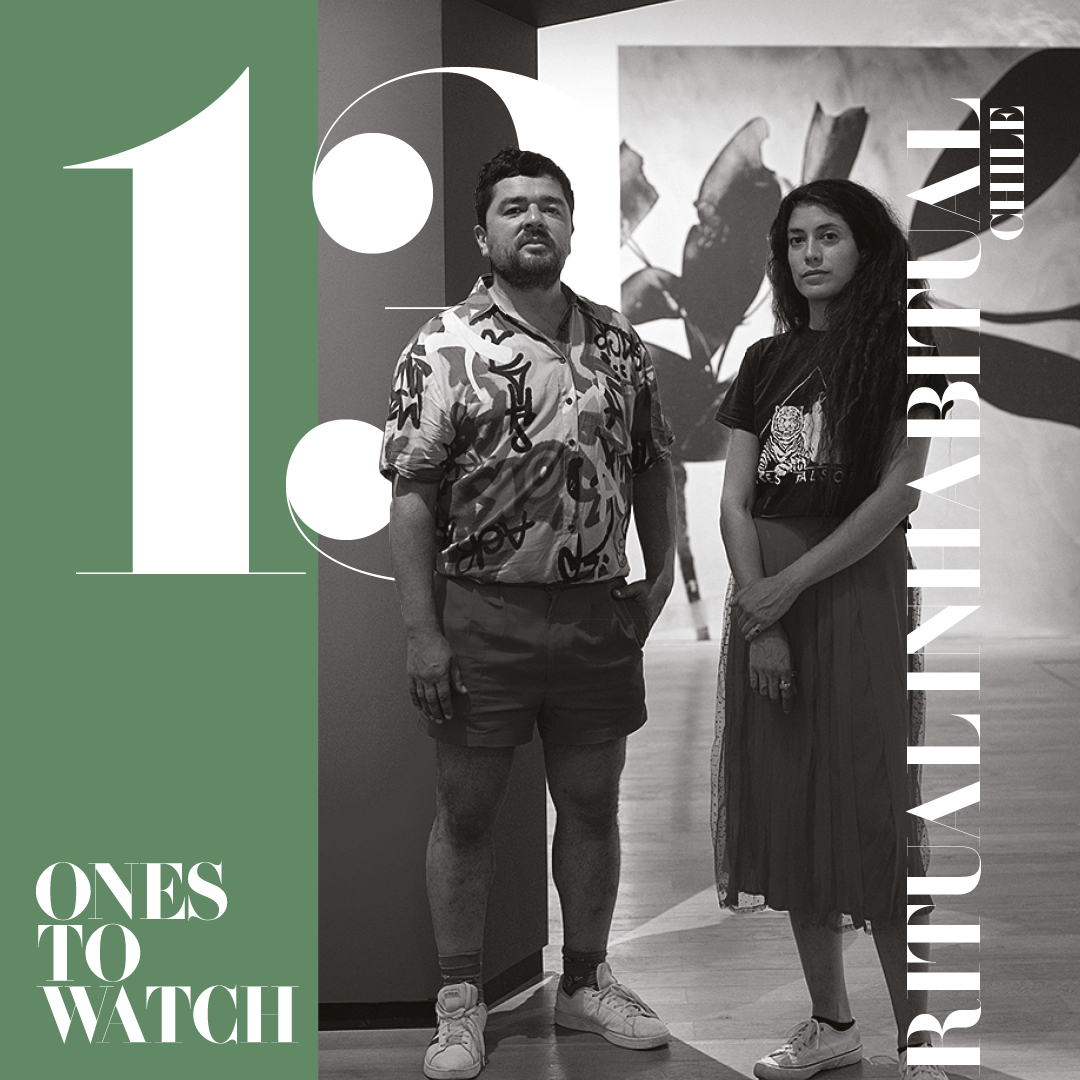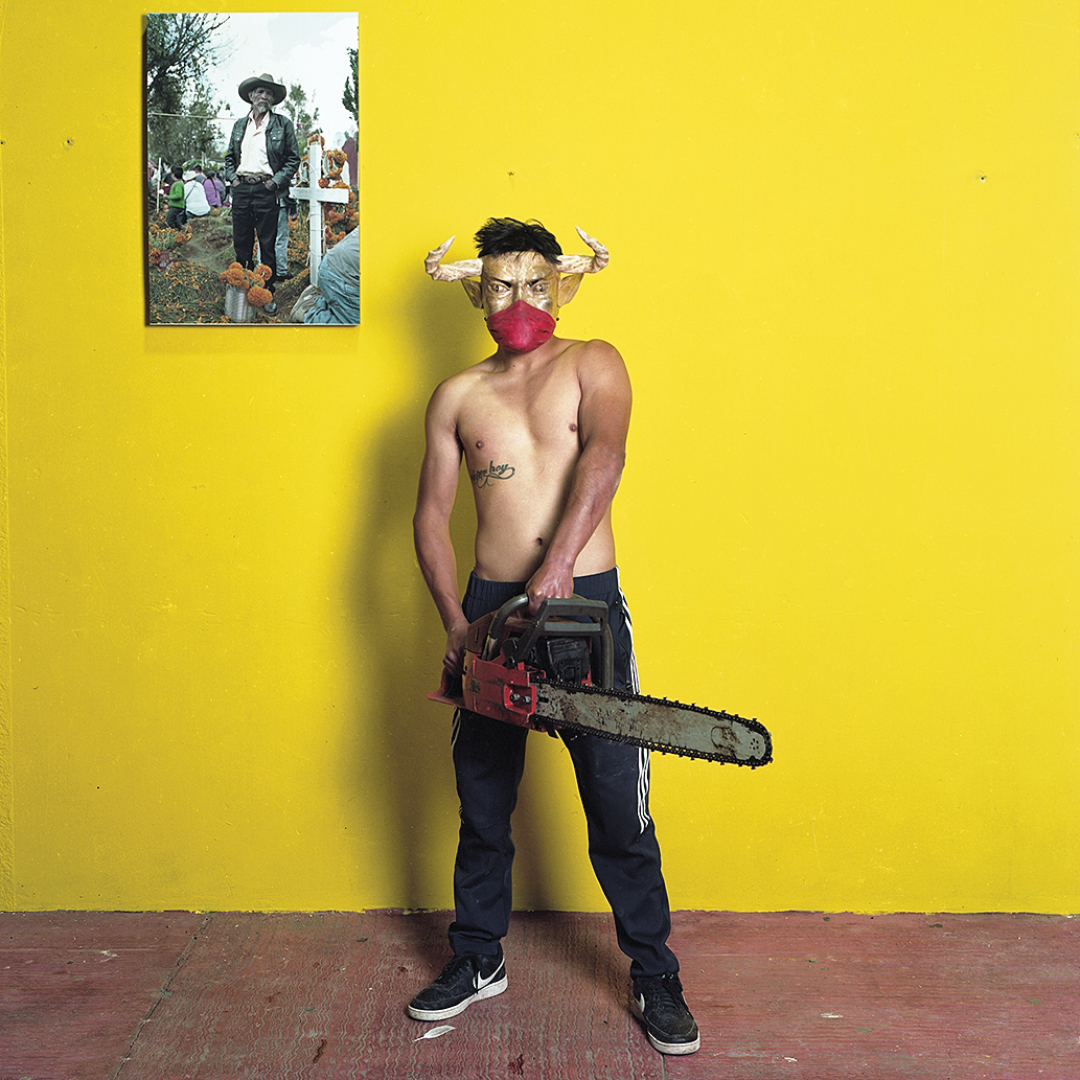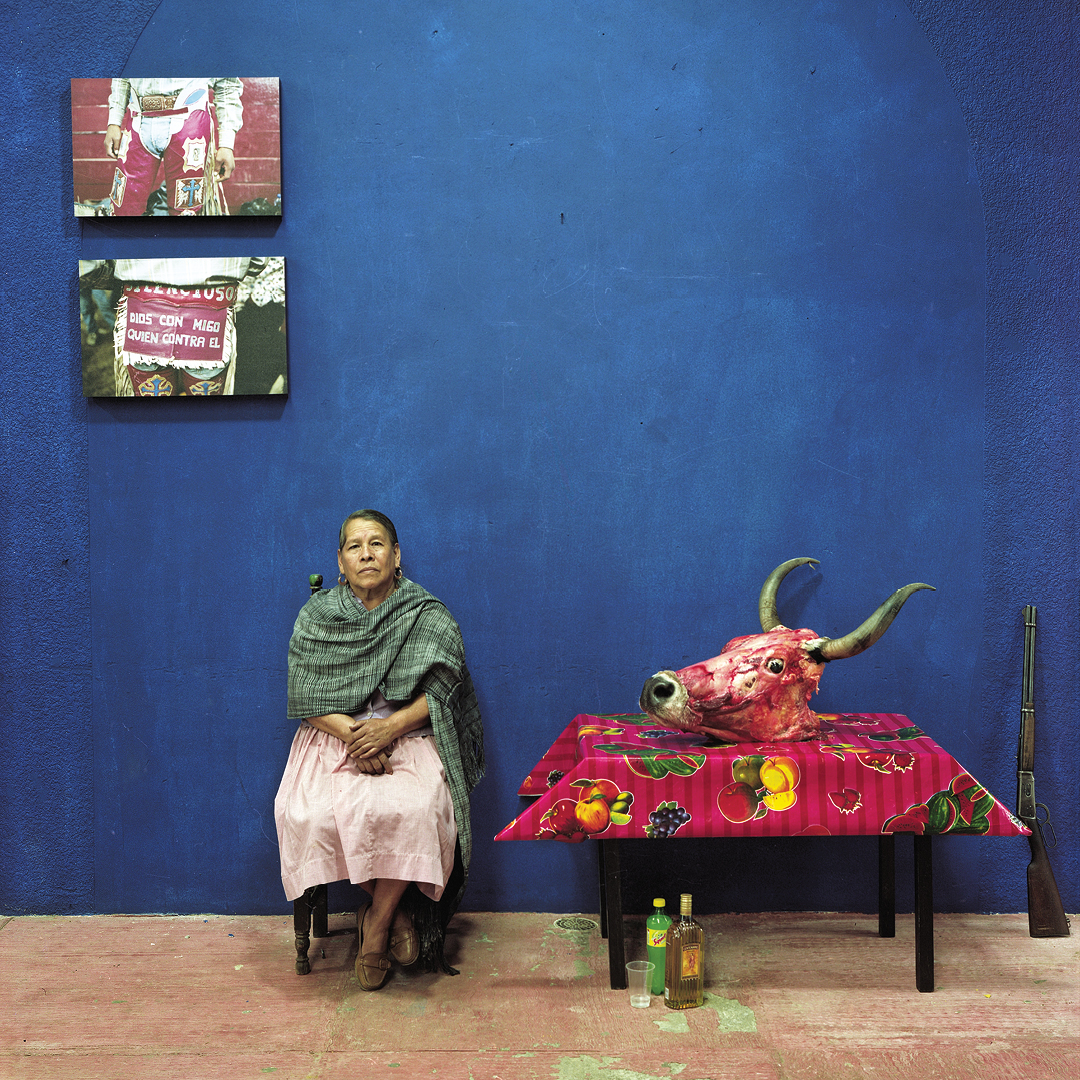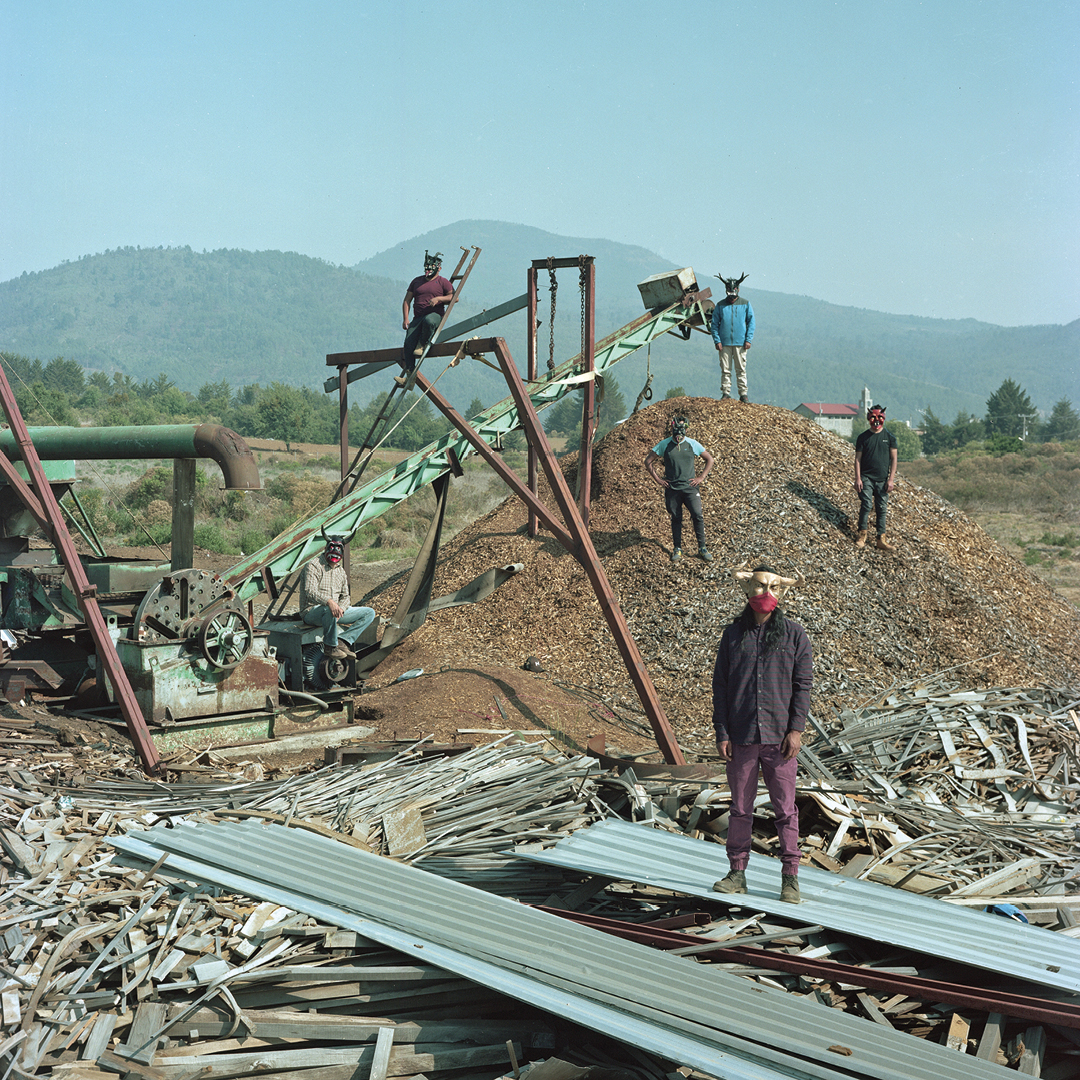All images © Ritual Inhabitual
The Chilean duo spent five years researching their project on an Indigenous community in Cherán and, employing a mix of fact and fiction, relay the untold events of the uprising 12 years ago
Cherán is a self-governing Indigenous community in the Mexican state of Michoacán. Led by a democratically elected council, its 16,000 residents live by the rhythms of the natural world and the needs of the community. But until 12 years ago, Cherán endured high rates of extortion, murder and kidnapping. Located in one of the most violent states in the country, it suffered from drugs cartel-associated violence and corrupt politics. In 2007, illegal loggers began encroaching on Cherán’s land. The people got organised, and in 2011, a revolution led by Indigenous women successfully drove the cartel, police and politicians out of the town. Today, neighbourhood watch members patrol and protect their territory, and have successfully reforested the surrounding woodlands.

This story is the subject of the latest output from Ritual Inhabitual, an artist duo formed of artists Florencia Grisanti and Tito González García. The work, Oro Verde, is a product of five years of intensive research and collaboration. A patchwork of documentary, archive, still life and staged photographs, it attempts to retrace the history of the uprising – a historic event that was undocumented at the time in order to protect the community. Skirting the border of fact and fiction, the duo rely not just on academic work, but oral histories and memorabilia from the Indigenous community to reimagine the narrative.
Ritual Inhabitual formed in 2013 with the aim to create work around nature and spiritual practices. To date, the duo has completed two long-term bodies of work, including Mapuche, a five-year photographic enquiry into an Indigenous Chilean community fighting to protect its forest from the paper pulp industry. The work was exhibited at last year’s Les Rencontres d’Arles as Geometric Forests, alongside a book published by Actes Sud. But before all of that, neither artist was a working photographer. Grisanti is a trained taxidermist. When they met, she was exhibiting her work at the Museum of Natural History in Paris. González García, a film-maker, had been hired to produce a video about the show. They were both fascinated by the relationship between art, science and nature, and as a friendship formed so did the urge to create work together. Both were visual artists in their own right, but they wanted to experiment with a new medium. “Photography was like a peaceful and new objective land for both of us,” says González García.

“The artists effectively challenge conventional classifications and engender a hybridised form that blurs the boundaries between genres” – Valenzuela Escobedo

The duo was nominated for Ones to Watch by Chilean curator Sergio Valenzuela Escobedo, who has worked with them on Oro Verde and Mapuche. “The artists effectively challenge conventional classifications and engender a hybridised form that blurs the boundaries between genres,” says Valenzuela Escobedo, referring to an approach that the collective defines as ‘mytho-documentary’. When it comes to reimagining history, as experienced by the people who lived it, the idea of an objective truth is impossible. ‘Mytho-documentary’ is informed not just by historical facts, but by aspects of mythology and fiction. “It’s a mistake to try to find the truth, because the truth doesn’t exist,” says González García. Indeed, truth is impossible to capture – not by a photograph or by words. Perhaps this is the closest representation of an objective truth. One that is an amalgamation of memories; a collective reinterpretation of the past.

